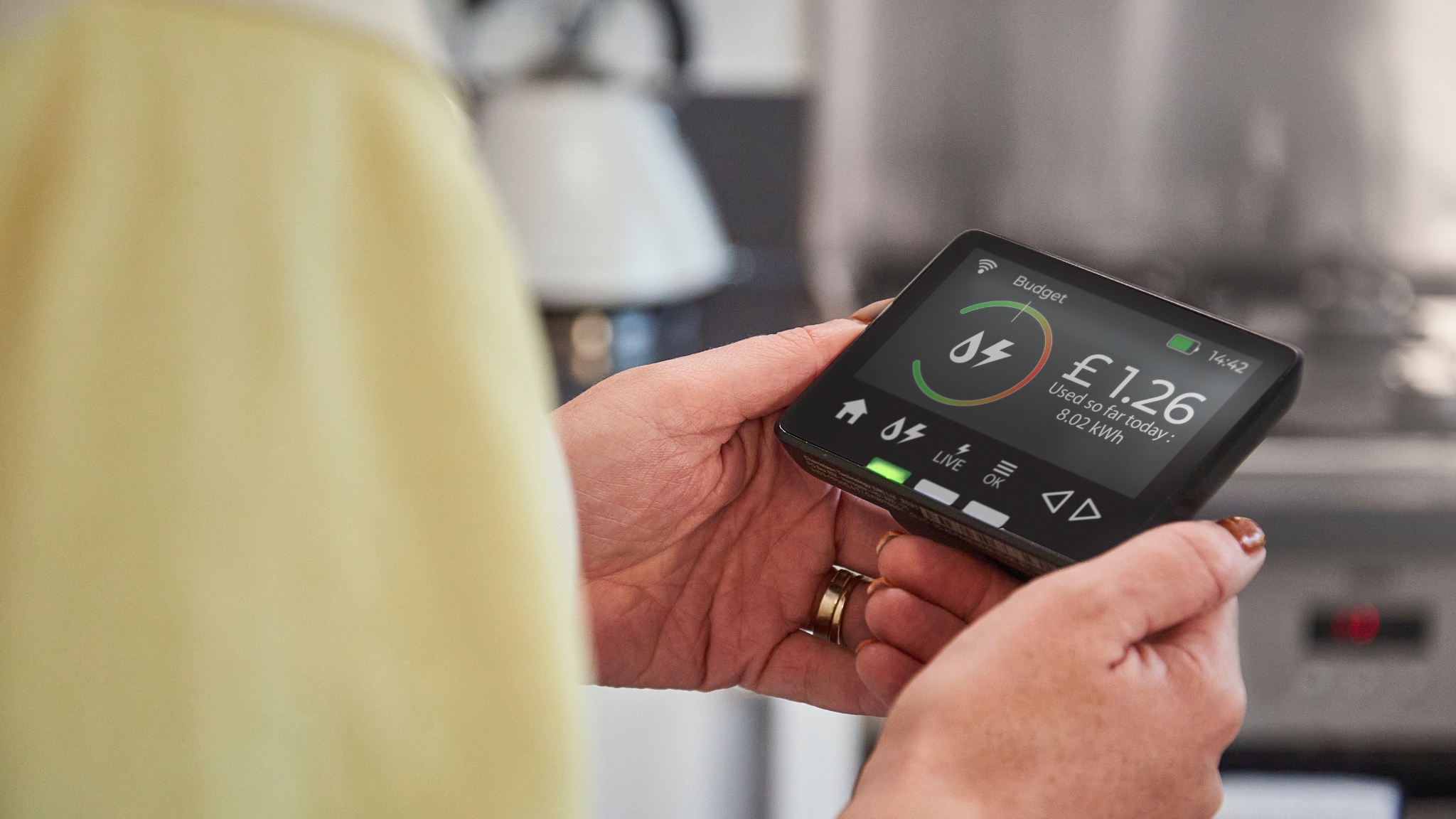
eSIM technology is now mainstream, with 441 mobile operators offering eSIM services across 123 countries and 271 consumer device models supporting eSIM, according to GSMA Intelligence. The event showcased how eSIM adoption continues to accelerate, driven by a growing number of eSIM consumer devices in the market and enhanced travel experiences with eSIM for Travel. Travelers can now obtain connectivity instantly before starting their travels, eliminating the need to deal with expensive traditional roaming and physical SIM cards.This advancement simplifies the traveling journey and offers travelers a much smoother experience. In fact, a recent survey conducted by Counterpoint Research suggests that 87% of users in 7 countries affirm eSIM’s critical role in enhancing travel experience. Additionally, from an environmental perspective, eSIM is helping reduce the carbon footprint by eliminating the production, transportation, and disposal of physical SIM cards.
eSIM is enhancing connectivity in key sectors such as smart metering, where it facilitates real-time data collection, and telemetry, optimizing the tracking of vehicles and equipment. In healthcare, it enables remote patient monitoring, while in industrial automation and construction, it improves resource and equipment management. Additionally, in point-of-sale payment terminals, eSIM improves equipment downtime, eases troubleshooting and enhances network coverage, optimizing merchant experience and reducing operational costs for service providers, such as payment acquirers.
Operators around the globe are increasingly integrating eSIM into their core strategies. GSMA Intelligence highlighted successful implementations in mature markets like the United States, where major operators such as AT&T, T-Mobile, and Verizon have seen significant improvements in customer experience without negative impacts on churn.
With the rise of eSIM-only devices, operators need to invest in enhancing their remote SIM provisioning platforms and digital infrastructure to stay competitive. While challenging, this also presents an opportunity for those who quickly adopt the technology. Operators that successfully adapt to eSIM will be able to offer a more agile customer experience, improve network infrastructure, and reduce operational costs, resulting in a long-term competitive advantage.
At MWC 2025, it became evident that eSIM isn’t just enhancing traditional connectivity but also enabling new digital services. For example, travel eSIM usage is projected to reach 268 million users by 2028, reshaping roaming and potentially leading to a $3.9 billion loss in traditional roaming revenues, according to Juniper Research. Digital-first companies, fintechs, and super apps increasingly integrate seamless connectivity into their offerings, transforming customer experiences and broadening revenue streams beyond conventional telecom sectors.
Practical examples:
• Fintechs offering connectivity through eSIM to enhance consumer services and increase value in their offerings.
• Travel and hospitality apps integrating connectivity offerings to improve user experience.
The use of eSIM is enabling companies to evolve and meet modern consumer expectations, which seek solutions that eliminate physical barriers and improve flexibility and accessibility of services.
MWC 2025 emphasized the pivotal role of the SGP.32 standard in the IoT connectivity landscape. This enhanced Remote SIM Provisioning (RSP) architecture addresses IoT-specific requirements, such as:
- Enhanced device energy efficiency
- Lightweight communication protocols
- Simplified deployments for global scalability
Industries including construction, POS terminals, CPEs, smart metering, telematics, healthcare, and industrial automation particularly benefit from the streamlined, scalable connectivity solutions that SGP.32 delivers. For operators, this represents new, strategic revenue opportunities through simplified IoT deployments and increased device scalability.

The traditional Bring Your Own Device (BYOD) concept—where customers bring their own consumer devices when subscribing to mobile plans from operators instead of purchasing directly—is evolving significantly within IoT. BYOConnectivity and BYONetwork trends highlight the demand for flexibility and openness from businesses, allowing them to independently select and manage their connections and network providers throughout the whole device lifecycle, which can be well over ten or fifteen years. This trend was a major topic of discussion at MWC, representing a great opportunity for connectivity providers to offer interoperable, flexible IoT solutions.
Successful adoption of SGP.32 depends heavily on strategic partnerships among Original Equipment Manufacturers (OEMs), Mobile Network Operators (MNOs), and IoT service providers. Early movers who establish these partnerships early on will achieve faster market entry, competitive advantage, and significant reduction in deployment complexities.
Looking Forward: Overcoming Key IoT Challenges
As connectivity evolves, companies must navigate challenges such as interoperability, security, regulatory compliance, and global management complexities. Businesses addressing these proactively stand to benefit significantly, with smoother, more secure, and efficient IoT deployments.
For instance, eSIM’s ability to enable seamless cross-border connectivity will be crucial for global businesses requiring consistent and secure IoT operations across different regions regardless of when and where their IoT devices are deployed. Managing these challenges will be a key differentiator for companies in the competitive IoT landscape.
For instance, eSIM’s ability to enable seamless cross-border connectivity will be crucial for global businesses requiring consistent and secure IoT operations across different regions. Managing these challenges will be a key differentiator for companies in the competitive IoT landscape.
MWC 2025 confirmed that the future of digital connectivity is already here. At Valid, we are dedicated to enabling businesses to thrive through comprehensive eSIM and IoT connectivity solutions, including:
- eSIMs and eSIM operating systems
- Remote SIM Provisioning (SM-DP+)
- eSIM IoT Remote Manager (eIM)
- IoT Profile Assistant (IPA)
- Dynamic-IMSI
Together with bootstrap connectivity and connectivity management platforms, these solutions offer a secure, scalable, and globally interoperable IoT ecosystem, enabling the unleash of IoT connectivity powered by eSIM technology.
Are you ready to shape the future of connectivity with us? Let’s build it together.



